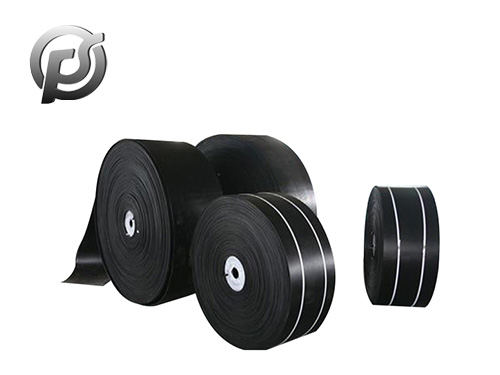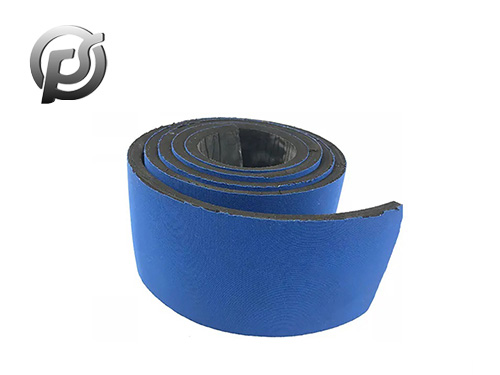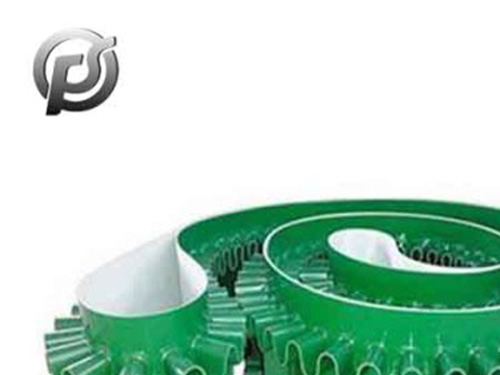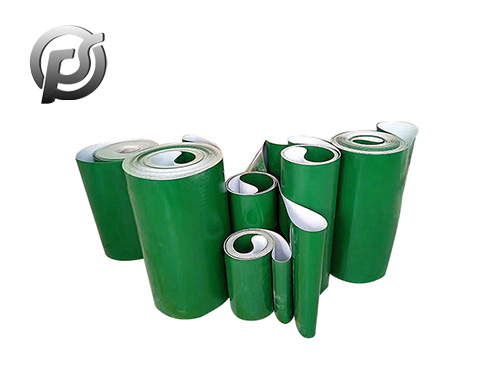Light conveyor belts have become indispensable in various industries, offering unmatched efficiency, flexibility, and reliability in material handling processes. These lightweight yet durable belts play a crucial role in facilitating the seamless movement of goods across production lines, warehouses, and distribution centers.
The design and construction of
light conveyor belts are engineered to meet the diverse needs of modern manufacturing environments. Typically made from materials such as polyester, polyurethane, or PVC, these belts boast exceptional tensile strength, abrasion resistance, and flexibility, ensuring optimal performance even in demanding operating conditions.
One of the key advantages of light conveyor belts is their versatility in accommodating a wide range of applications. From food processing and packaging to automotive assembly and pharmaceutical production, these belts can be customized to suit specific industry requirements. Moreover, their smooth and non-porous surfaces make them easy to clean and maintain, ensuring compliance with strict hygiene standards in sensitive environments such as food processing facilities.
In addition to their versatility, light conveyor belts offer significant advantages in terms of operational efficiency. Their lightweight construction reduces energy consumption and frictional losses, resulting in cost savings and improved sustainability. Furthermore, advanced manufacturing techniques such as precision splicing and laser cutting ensure seamless belt joints and precise dimensions, minimizing downtime and optimizing productivity.
The continuous innovation in light conveyor belt technology has led to the development of specialized variants tailored for specific applications. For instance, anti-static belts are designed to dissipate static electricity, making them ideal for electronics manufacturing environments where electrostatic discharge can damage sensitive components. Similarly, flame-retardant belts are engineered to withstand high temperatures and meet stringent safety regulations in industries such as mining and steel production.
As industries continue to evolve and embrace automation, the demand for reliable and efficient material handling solutions will only continue to grow. Light conveyor belts, with their unrivaled performance and adaptability, are poised to remain at the forefront of this evolution, enabling seamless logistics and production processes across a myriad of industries.
In conclusion, light conveyor belts represent a pinnacle of engineering ingenuity, offering unmatched efficiency, versatility, and reliability in material handling applications. As the global economy continues to advance, these innovative belts will play an increasingly pivotal role in driving productivity, sustainability, and competitiveness across diverse industries.


 PE Conveyor Belts: Characteristics, Applications, and Advantages
PE Conveyor Belts: Characteristics, Applications, and Advantages
 Stone Conveyor Belt: Enhancing Efficiency and Productivity in Material Handling
Stone Conveyor Belt: Enhancing Efficiency and Productivity in Material Handling
 Optimizing Operations with PE Conveyor Belts: Durability, Efficiency, and Versatility
Optimizing Operations with PE Conveyor Belts: Durability, Efficiency, and Versatility